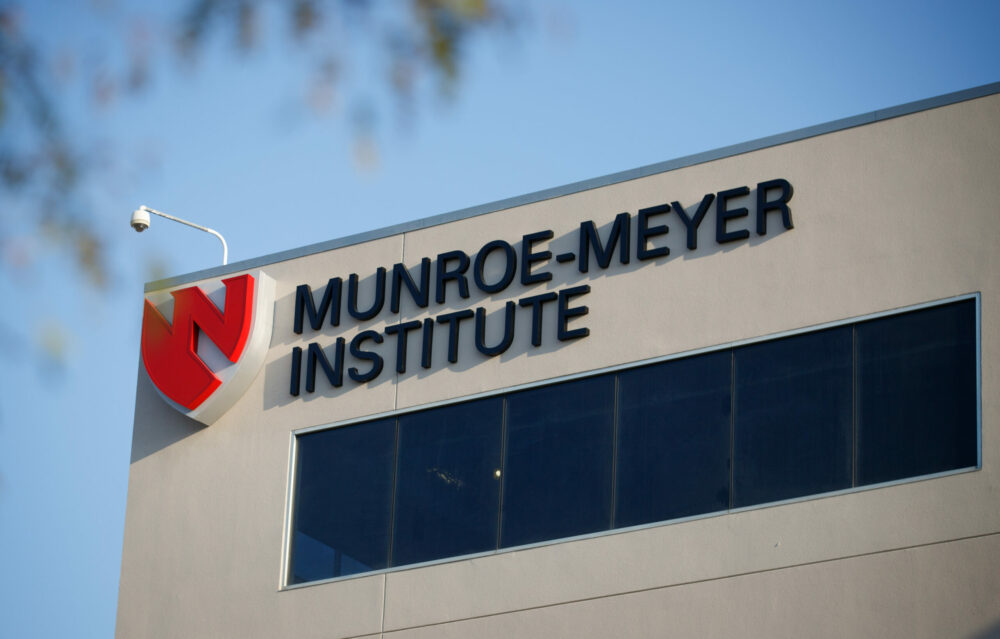Construction and Demolition Waste

By Blake Van Jacobs
When buildings are renovated a lot of waste is generated and it’s pretty common for that waste to go straight to the landfill. It is an incredibly wasteful process with little done to recycle or reuse the materials—from a time perspective it’s easier to demo everything and get it out of the building and out of the way as fast as possible.
While the new Munroe Meyer Institute (MMI) is being remodeled to meet their needs, Facilities tested out a new process with the contractor to divert the waste from the landfill to reuse or recycle the materials. The building materials to be diverted consist of concrete, wood, scrap metal, cardboard, and mixed metal/plastic recycling from the renovation and new product packing.
As you can imagine these materials are heavy, take up a lot of landfill space, and diverting these materials will help the Med Center make progress towards the Net Zero Waste goal. Net zero waste is defined as “diverting 90 percent of all discarded materials from landfill, incinerators, and the environment.” While a bold goal, campus leaders believe that there are going to be market changes like this that allow UNMC to achieve this goal.
Contractors working on smaller projects share bins on campus and that material is being diverted and tracked as well. We routinely recycle more than 10 tons of material a month, while generally only sending 2-3 tons to the landfill.
Back to the new MMI building. The previous occupant left in a hurry and left a lot of stuff in the buildings, mostly office furniture, but other accessories too—everything from trash cans to breakroom refrigerators. We needed to get it out of the building so work could take place, but there were a lot of items and they were in good shape. Luckily Project Manager John Poulicek found a vendor who could come remove it from the building and find a new home for it. How much did they take? A whopping 141 tons/282,000 pounds!
Since then, contractors have been recycling the building materials mentioned above. The renovation is almost complete and they have diverted a total of 13 million pounds/6,500 tons of waste from the landfill while sending only 1.7 million pounds of waste to the landfill. The project currently has an 86.5% diversion rate, which is a huge success—and will lead to more successes in the future.
